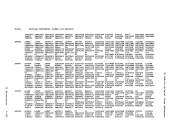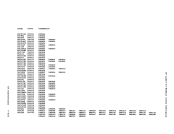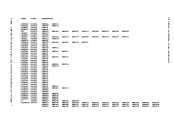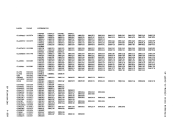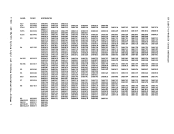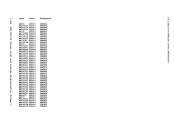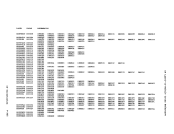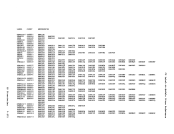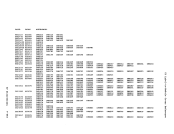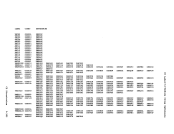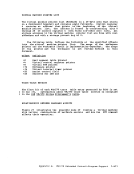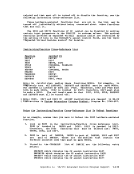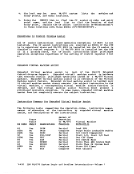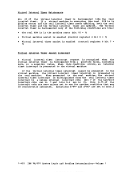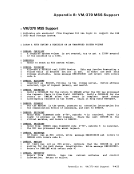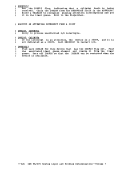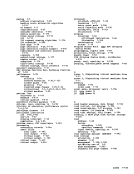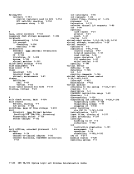station on the list that had a message queued for transmission. If,
however, allremote stations respond with negative acknowledgement (no messages queued) or any station queried for a response fails to respond,
then the channel program ends with the thirdCCW. The following read init{al format shows the initial read CCW sequence.
rIOpera- ICommand I I ITP Opl ItioD I Code IAddress IFlagslCode ICount I IWrite 01 Table CC, I 02 1 I EaT SILl I I IPol1 09 List CC, I 03 ILIST I SILII I I !T/O O~ 0 ~TT.T ! 07 1 INo- I lopera-I Ition I I IRead 02 Area SILl I 10 162 IText I I After CP receives a message from a remote station, it .ay reissue the
initial read sequence to poll the remaining stations on the list(assuming the list of enabled devices was not exhausted on the first
pass of the initial read sequence). In the event that the list was
exhausted on either the first or a subsequent initial read sequence,CP starts the poll delay, then allows the poll delay interval to expire
before starting another read scan to the line(assuming CP has no higher
line priority tasks to process). If, in the process of receiving
aessagesfroa remote stations, CP receives a message block that is
invalid or its beginning or ending bisync control characters are not
recognized, CP can elect to send a negative response back to thereaote station. This negative response, the NAK control character, causes the remote station to retransmit the previous message to CPt this incoming aessage is processed by the second CCW of the read repeat sequence as
shown in theformat below. !t~ad B~E~! I I IOpera-ICommand I I ITP Opl I Ition Code IAddress IFlagslCode ICount I I I IWrite 01 Table CC, I 06 1 I I NAK SILII I I I IRead 02 Area SILl I 10 162 I IText I I , I Once CP message processing receives an error-free aessage fro a a reaote station, CP sends an RVI control character to the remote station
before processing the message. Theremote station, upon recognition of
theRVI character, halts the sending of additional queued data and
responds with EaT (instead of thenoraal lCKO/1CK1 response). The 1-102 IBK VK/370 System Logic and Problem Deter.ination--Voluae 1
however, all
then the channel program ends with the third
r
initial read sequence to poll the remaining stations on the list
pass of the initial read sequence). In the event that the list was
exhausted on either the first or a subsequent initial read sequence,
before starting another read scan to the line
line priority tasks to process). If, in the process of receiving
aessages
invalid or its beginning or ending bisync control characters are not
recognized, CP can elect to send a negative response back to the
shown in the
before processing the message. The
the
responds with EaT (instead of the






















































































































































































































































































































